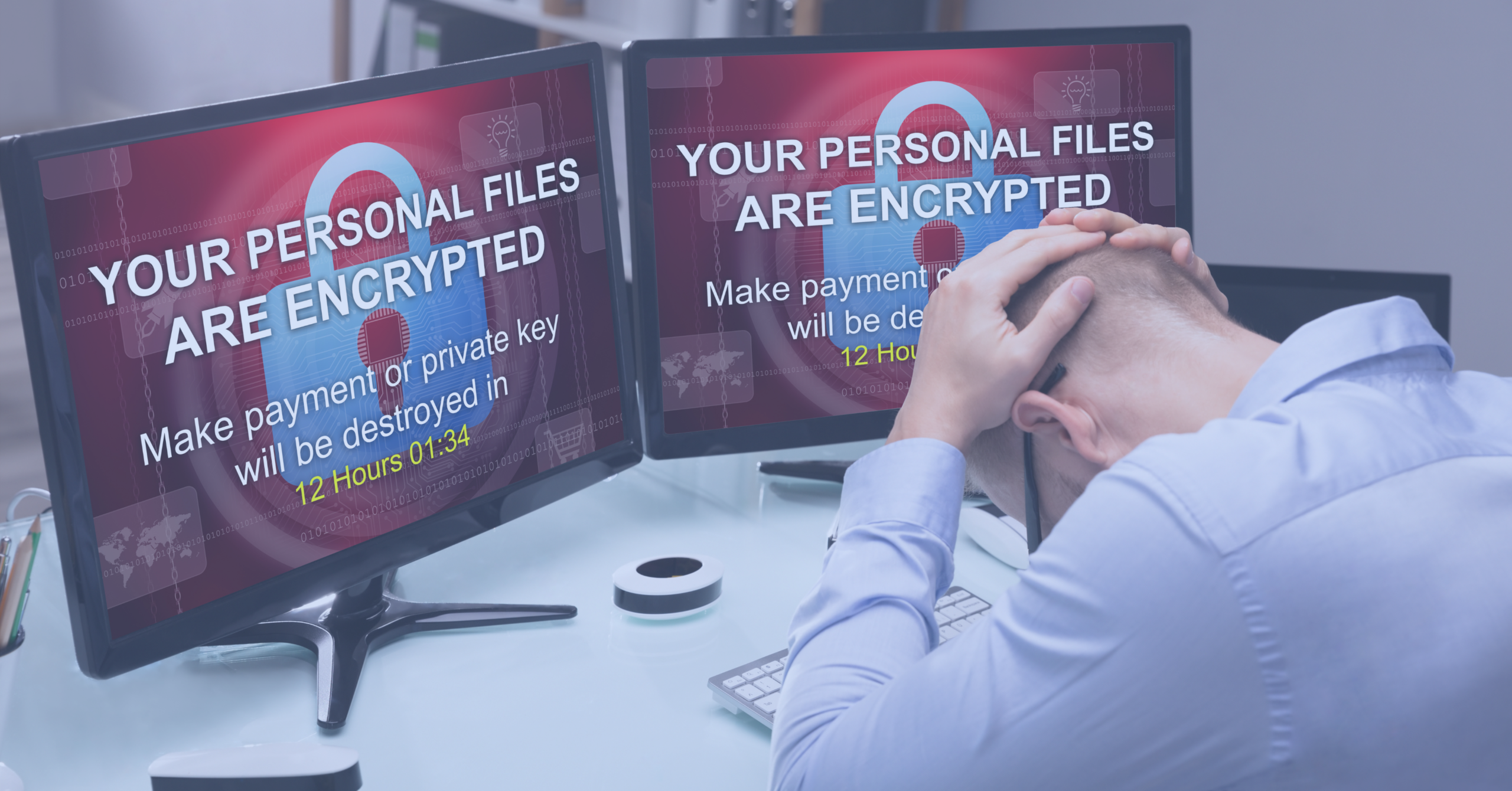Ransomware and Malware Prevention: Stopping an Attack Before It Starts

Today’s plethora of security vulnerabilities within enterprises’ networks – coupled with the ease of luring employees into engaging with spear-phishing emails, – are primary reasons why ransomware attacks have rapidly increased. One recent attack against a food and drink manufacturer led security experts to conduct a thorough examination of their network and analyze how the attack was able to be so successful. The analysis emphasized that going forward, without proper solutions and policies in place, organizations will be unable to thwart malicious activity in the initial stages. As a result, they will ultimately fall victim to the devastating consequences associated with ransomware.
This doesn’t have to be the case, however. When your organization has a proper malware prevention plan in place, you can breathe easy knowing you won’t have to rely on an out-of-date, detection-based solution. Let’s dig into what happens when you click on a malicious file, and how Votiro can safeguard you from attack.
A Look Inside the Stages of a Recent File-Borne Ransomware Attack
There are various ways threat actors can begin a ransomware campaign. All too frequently it begins with file-borne threats targeting corporate inboxes. In the scenario mentioned above, an employee downloaded a malicious Microsoft Word document disguised as an invoice. The document hosted malicious code, and since this organization did not have a malware prevention plan in place, it was able to execute a PowerShell command and ultimately deliver an Emotet payload. Emotet has the ability to hijack contact lists and send out malware to other colleagues, clients, and connections. This has made Emotet extremely effective in spreading its malware and gaining additional footholds into corporate networks and systems.
Upon delivering Emotet, the TrickBot malware was utilized to harvest employee credentials. This allows threat actors to login into corporate accounts and cloud services to access sensitive data, especially information containing banking or credit card details. In this same scenario, threat actors were able to gain access to over half of the food and drink manufacturer’s network, specifically targeting applications hosting ordering and billing information. TrickBot is notorious for having redefined capabilities and increasing its level of sophistication to evade detection solutions–including traditional email security, strong password policies, and endpoint detection software–and further infiltrate corporate systems.
Lastly, threat actors delivered the Ryuk ransomware. Ryuk targets enterprise and government networks and has been successful in receiving payments totaling millions of U.S. dollars. Once infected, administrators are notified that their network has been penetrated and all files within compromised systems have been encrypted. The organization is then instructed to make a payment, typically via Bitcoin, in order to have their information decrypted.
Why You Need Malware Prevention
Of course, the example above is just one instance of how damaging a ransomware attack can be. Today, it’s estimated that an organization experiences a ransomware attack every 11 seconds. With numbers like those, you simply don’t have time to sit back and wait for an attack to happen. That’s exactly why you need to shift towards malware prevention and away from outdated, detection-based solutions.
These days, threats have become more sophisticated and damaging than ever before, and it’s imperative your organization always stay on the defense. When you implement a malware prevention plan, your organization can focus on staying proactive instead of reactive. Plus, you won’t have to worry about the costs or loss of productivity involved when an attack occurs. By educating your employees through proper cyber awareness training, ensuring your team adopts best practices, and implementing a malware prevention solution, your organization should never have to worry about a damaging attack again.
How Votiro Safeguards Against Attacks Through Malware Prevention
Recently, threat experts have found the majority of ransomware attacks to be rooted in email, with phishing emerging as the most popular attack vector. Again, it’s time for organizations to implement solutions that have the ability to prevent malware embedded in malicious code from infiltrating inboxes. Votiro is the only file security solution that ensures all files that enter your organization are completely safe, from whatever channel they enter.
Votiro is powered by our proprietary Positive Selection® Technology, which singles out only the safe elements of each file, ensuring every file that enters your organization is safe. Votiro understands and protects all file types—from .ppt, docs, pdfs, and image files, all the way to more complex formats like Autodesk files. Plus, even the most obscure, evasive, zero-day threats that no NGAV or Sandbox can possibly detect are rendered powerless by Votiro. This is because Votiro goes beyond blocking discovered threats – it eliminates threats from entering in the first place.
When you peel back the curtain on ransomware attacks, it’s clear to see how easily a malicious file can slip into your inbox. Implementing a solution such as Votiro will guarantee that every file that you and your employees receive is completely safe to open. And in this day and age, that’s an absolute must.
Ready to learn more about malware prevention? Schedule a demo with us today to walk through our offerings. Or, to speak with a member of your team directly, contact us!
News you can use
Stay up-to-date on the latest industry news and get all the insights you need to navigate the cybersecurity world like a pro. It's as easy as using that form to the right. No catch. Just click, fill, subscribe, and sit back as the information comes to you.
Sign-up Here!
Subscribe to our newsletter for real-time insights about the cybersecurity industry.



